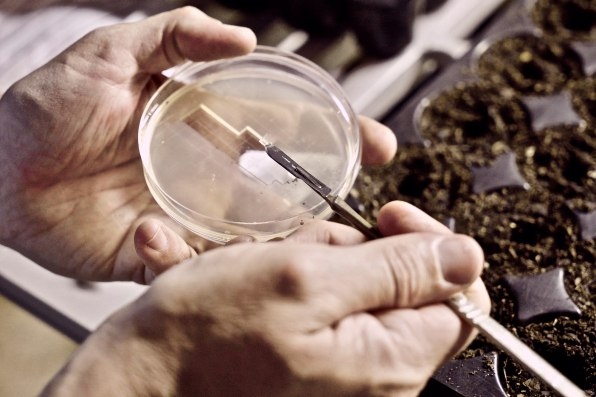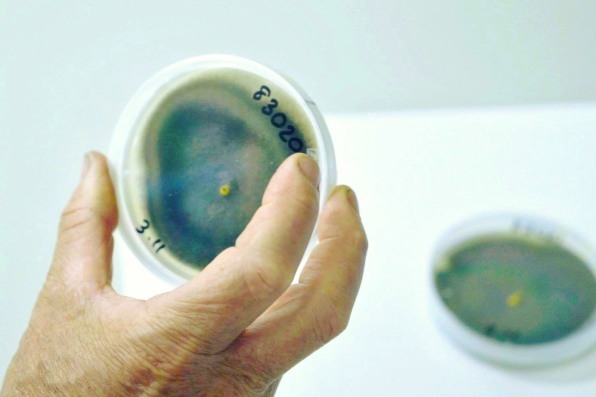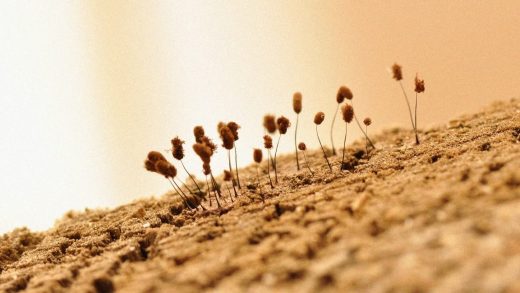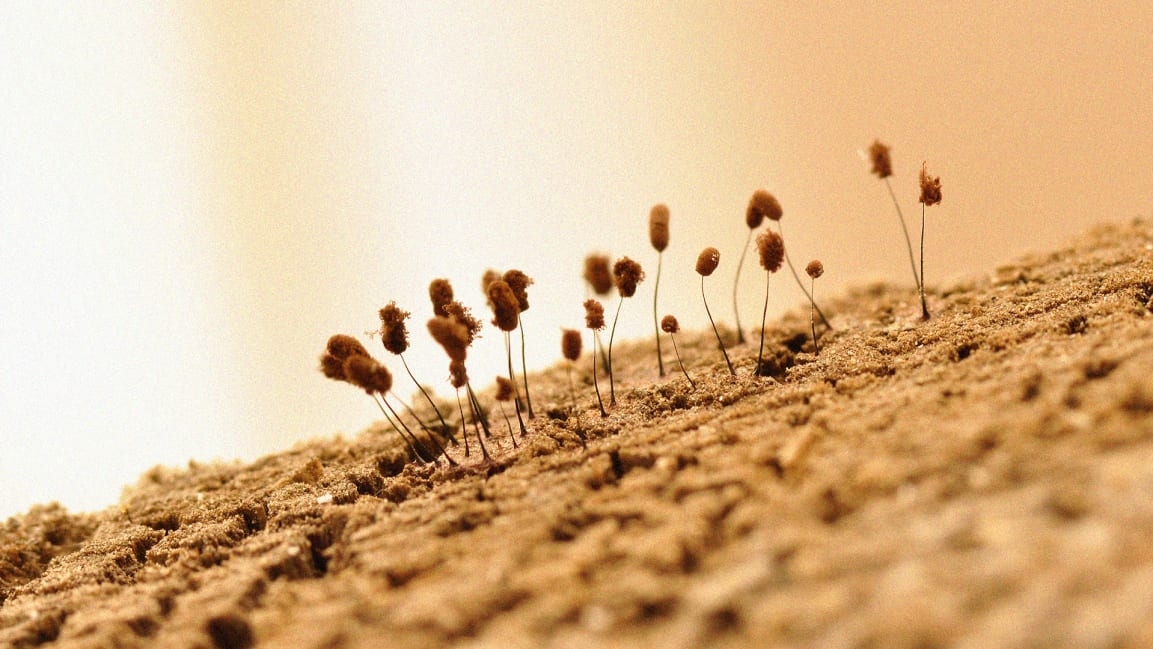Coating seeds in these microbes superpowers plants’ carbon capture abilities
On farms along the East Coast of Australia, growers are testing a new approach to fighting climate change: planting seeds coated in microbial fungi and bacteria that can help capture CO2 from the air.
Soil Carbon Co., the startup that is developing the new microbial technology based on University of Sydney research, believes that if it were used on farmland globally, it could sequester around 8.5 gigatons of carbon every year—or around a quarter of total CO2 emissions. It could also store that carbon for a longer time than some “regenerative agriculture” techniques that also aim to capture carbon.

Adding a blend of microbes to crops on a farm allows plants to store carbon more effectively. In the normal carbon cycle, a plant sucks up CO2 through photosynthesis, and some of the carbon ends up traveling through the plant’s roots into the soil. But some of that carbon is still lost fairly quickly back into the air. The coating of fungi and bacteria helps instead convert the carbon into a form that can last in the soil much longer, potentially hundreds of years.
The process also makes the soil healthier, so farmers should see better yields and be able to use less fertilizer. It’s a relatively simple change to make; farmers either buy microbe-coated seeds or coat their own seeds themselves, something that is commonly done with other products. “It’s something that’s really straightforward for a grower to be able to adopt,” says Tegan Nock, cofounder of Soil Carbon Co., which recently raised seed funding from Horizon Ventures and other investors. “You don’t have to change practices; you don’t have to get new equipment.”
Farms, and the food companies that buy from them, are increasingly interested in regenerative agriculture techniques that can theoretically store carbon in soil. General Mills, for example, plans to bring the practices to 1 million acres of farmland in the U.S. Many dairy companies are making similar changes to help offset the carbon footprint of raising cows. Even clothing companies, such as the North Face, are beginning to make products from regeneratively produced materials such as wool from a carbon-neutral ranch. Many different techniques can increase the amount of carbon taken up by a field; planting cover crops instead of leaving bare soil exposed between crops can help, for example.
But the changes typically involve quite a bit of upfront work and haven’t been widely adopted. Only about 4% of U.S. cropland uses cover crops now. As a climate-fighting tool, there’s also some debate about the effectiveness. World Resources Institute, a nonprofit that has studied the issue and says that the claims of benefit are exaggerated, points out that soil carbon can often be quickly lost. As one example, farmers that practice “no-till” agriculture can sequester more carbon temporarily, but they usually plow the soil every few years, releasing CO2 again. Because Soil Carbon Co.’s new approach can convert carbon into a more stable form, it could be more helpful for the ultimate goal: drawing down excess CO2 in the atmosphere while the rest of the world transitions to cleaner, zero-emissions technology.

The company, which plans to launch commercially within two years after finishing trials in Australia and the U.S., believes that working with farmers is one of the most promising ways to reduce CO2 levels. (Its nonprofit arm, called Soil C Quest, is promoting the same idea.) Unlike new technology such as carbon-capture machines that pull CO2 from the air, it can scale up almost immediately. “We’re all aware that we need to draw down an enormous amount of CO2 very quickly, and we’re in a race to get there,” says Soil Carbon cofounder and CEO Guy Hudson. “As growers, we have the workforce—around a billion farmers around the world working at the intersection of atmosphere and soil every day—and the infrastructure already in place. On average, we find about a million wheat plants per hectare.”
Plants can play the same role as the larger direct-air-capture machines, at a lower cost, while farmers can earn extra money selling carbon credits. “The question is really, can we draw down a significant enough amount of CO2 in the short term that we can buy the world time to transition other elements of our economy, whether [that’s a] benefit to transport or industry?” Hudson says. “I think agriculture and soil carbon is the only opportunity we have to be able to do that in the really short term. Because we don’t need to build additional infrastructure. We don’t need to train a new workforce. It’s all there already. We just need to provide the tools and the incentive to mobilize that workforce in the service of being in the atmosphere and in the service of this challenge.”
(26)



